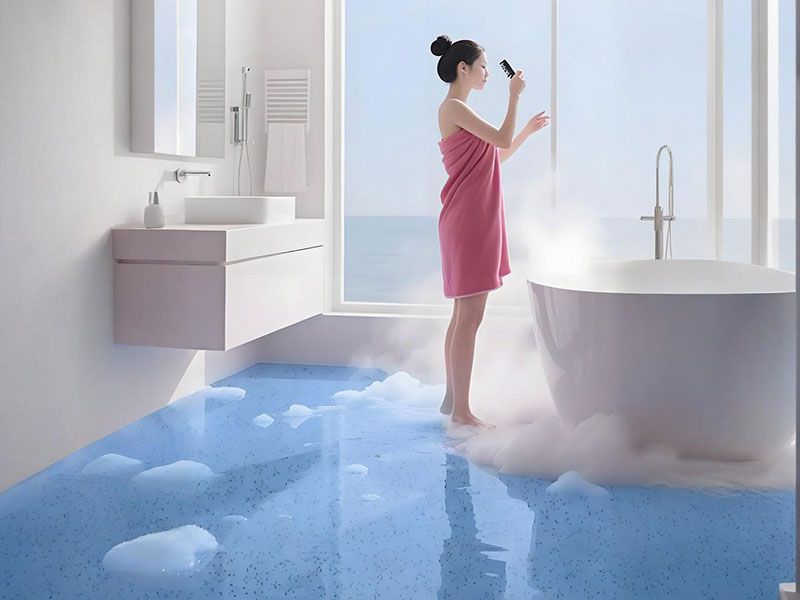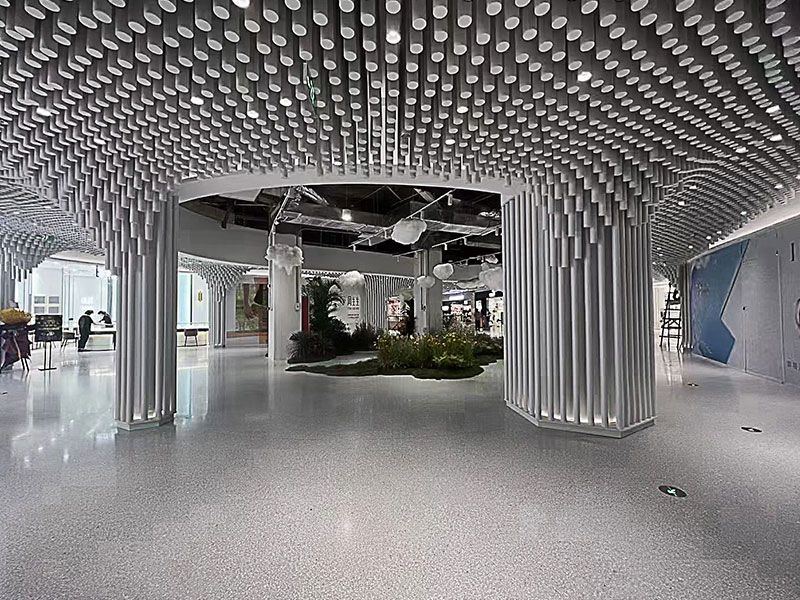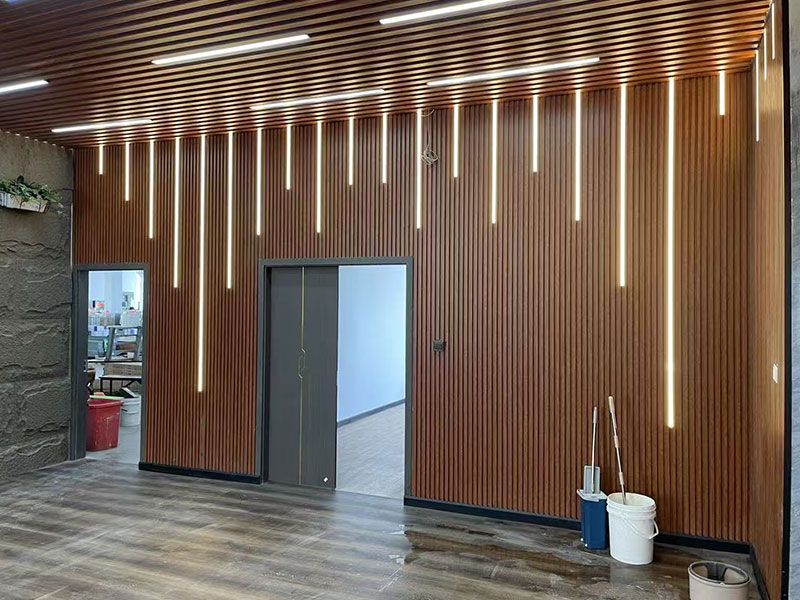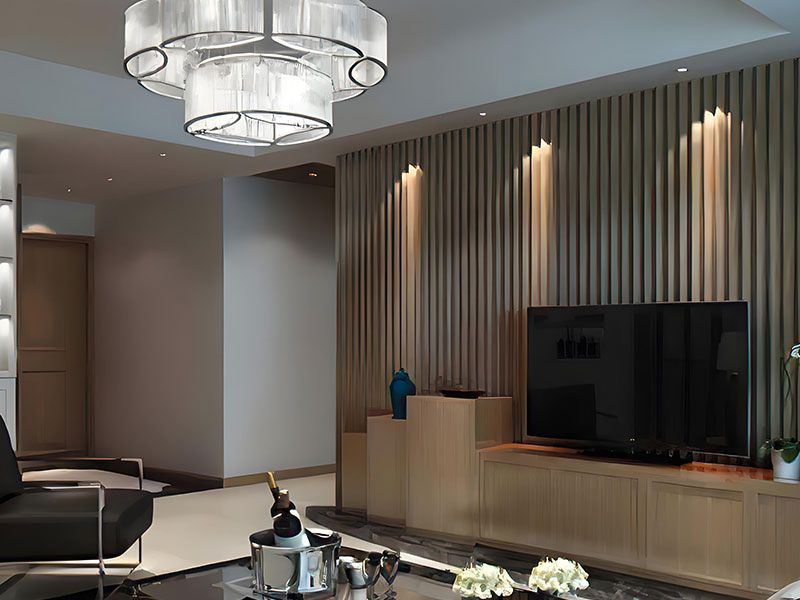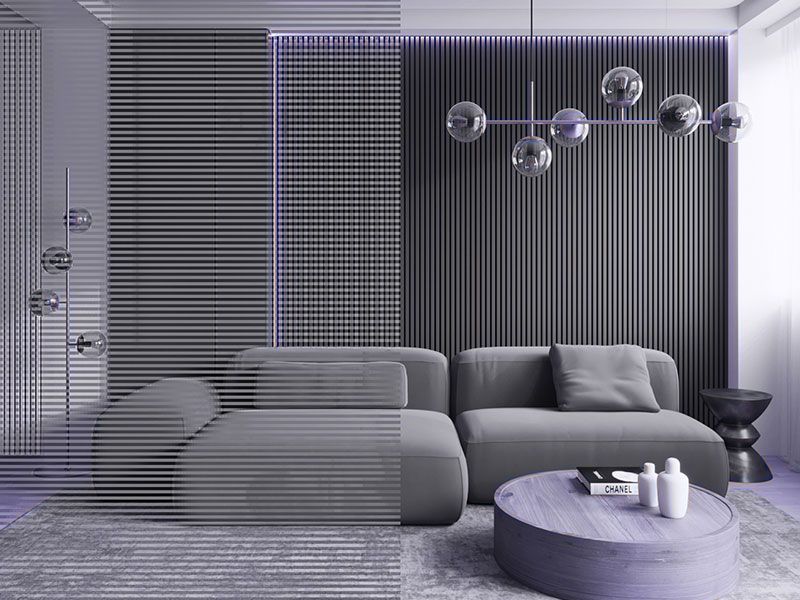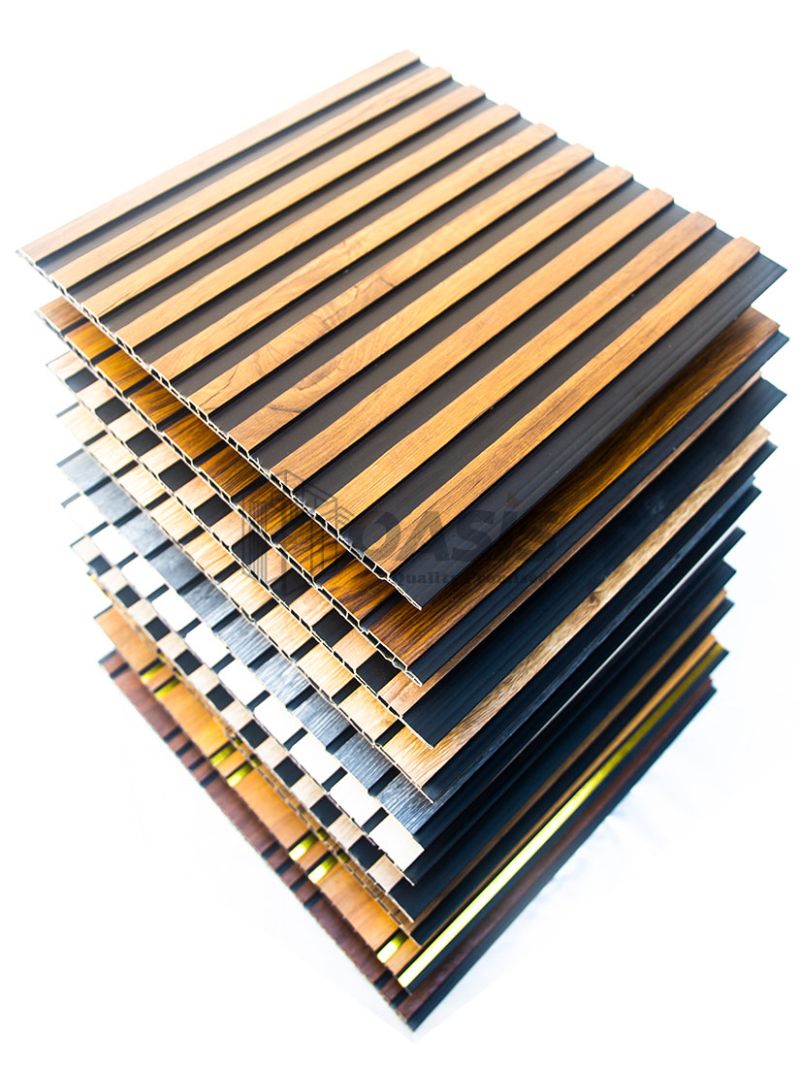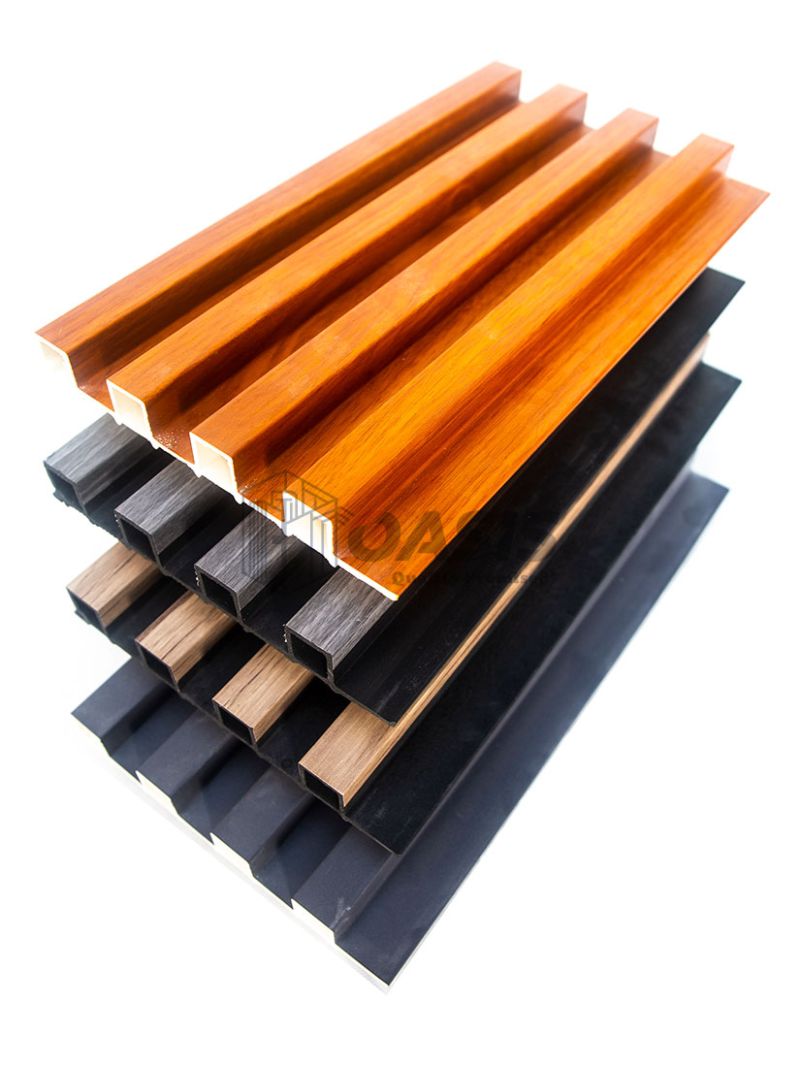Durable Beauty: WPC Wall Panels for Building Façades and Cladding
The exterior façade of a building is more than just its face; it's the first line of defense against the elements and a major factor in a property's long-term value and energy efficiency. For architects and developers seeking a material that marries the natural warmth of wood with superior modern resilience, WPC (Wood-Plastic Composite) wall panels (also known as cladding) have become the go-to solution.
WPC cladding offers a high-performance, low-maintenance alternative to traditional wood or metal siding, making it ideal for the demanding application of building exteriors.
The Critical Role of WPC in Exterior Cladding
Building façades require materials that can withstand everything from harsh sun exposure and heavy rain to pollution and extreme temperature swings. WPC panels, which are typically made from a blend of recycled wood fibers and recycled plastic polymers, excel in these demanding conditions:
1. Unmatched Weather and UV Resistance
The primary benefit of WPC for exterior use is its ability to handle environmental stress without degradation.
- No Rotting or Warping: Unlike natural wood, the plastic component in WPC makes it impervious to moisture absorption. It will not rot, swell, or warp when exposed to constant rain, humidity, or snow.
- UV Stability: High-quality exterior WPC is specifically formulated with UV stabilizers to resist fading and discoloration from prolonged sun exposure, ensuring the façade retains its intended color for years.
2. Exceptional Durability and Longevity
WPC is designed for a long service life, drastically reducing the need for costly exterior maintenance and repairs.
- Pest and Termite Proof: The material is impenetrable to common pests and termites, a major structural advantage over timber cladding.
- Impact Resistance: It is a robust material that can withstand high winds and minor impacts without cracking or chipping, preserving the building envelope.
3. Low Maintenance and Cost Efficiency
The long-term operating costs of a building are significantly reduced by using WPC.
- No Painting or Sealing: WPC cladding requires zero painting, staining, or sealing—the constant upkeep needed for natural wood.
- Simple Cleaning: Maintenance involves only occasional cleaning with soap and water to remove dust or grime, keeping labor costs minimal.
- Reduced Lifecycle Cost: While the initial cost may be higher than some materials, the absence of ongoing maintenance and replacement expenses makes WPC highly cost-effective over the life of the building.
4. Aesthetic Versatility and Architectural Freedom
WPC allows designers to achieve premium architectural looks that were previously difficult to maintain.
- Natural Wood Appearance: WPC is available in a wide range of realistic wood grain textures and rich, deep colors that give a building the warm, sophisticated look of timber.
- Modern Profiles: It can be supplied in sleek, modern profiles, including fluted or grooved designs (often referred to as slatted cladding), which add contemporary depth and shadow lines to the building surface.
5. Energy and Environmental Benefits
WPC contributes positively to both a building's performance and its ecological footprint.
- Thermal Insulation: The composite structure of the panels offers added thermal insulation for the exterior wall, helping to regulate internal temperatures and potentially lowering heating and cooling costs.
- Sustainability: As WPC utilizes recycled wood fibers and plastics, choosing it supports sustainable building practices and reduces the demand for virgin timber resources.
WPC Cladding in Practice
WPC panels are an excellent choice for a variety of exterior projects:
- Residential Homes: Enhances curb appeal and protection for primary and secondary residences.
- Commercial Buildings: Provides a modern, high-durability finish for office parks, retail centers, and industrial facilities.
- Hospitality & Resorts: Used to create elegant, natural-looking exteriors that withstand coastal humidity or severe weather without constant upkeep.
- Feature Façades: Ideal for highlighting specific architectural elements or entrances with a premium material.
By choosing WPC wall panels for building façades and cladding, projects gain a solution that is structurally sound, environmentally responsible, and aesthetically stunning for decades.
